Carnivorous mammals are among the most fascinating and awe-inspiring creatures on Earth. These apex predators play crucial roles in their ecosystems, maintaining balance by regulating prey populations and influencing the structure of their habitats. In this article, we delve into the lives of the ten largest carnivorous mammals, exploring their habitats, behaviors, and the challenges they face in a rapidly changing world.
Top 10 Largest Carnivorous Mammals
1. Polar Bear (Ursus maritimus)
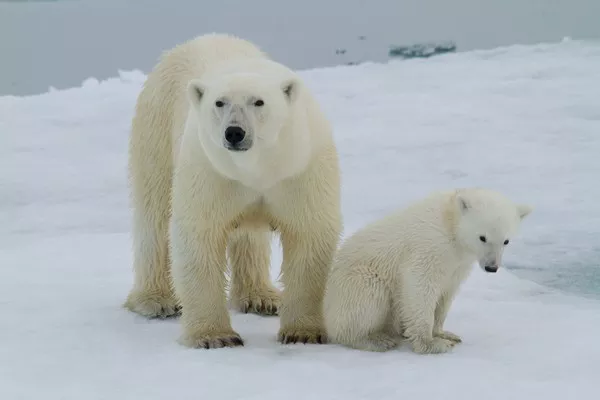
Size and Physical Characteristics
The polar bear is the largest carnivorous mammal on Earth, with adult males weighing between 900 to 1,600 pounds and standing up to 10 feet tall on their hind legs. They have a distinctive white fur coat that provides insulation and camouflage in their icy habitat.
Habitat and Distribution
Polar bears are found in the Arctic region, inhabiting sea ice, coastal areas, and islands. They primarily rely on sea ice for hunting seals, their main prey.
Behavior and Diet
Polar bears are solitary hunters, using their keen sense of smell to locate seal breathing holes. They are powerful swimmers and can cover long distances in search of food.
Conservation Status
Climate change, leading to the loss of sea ice, is the most significant threat to polar bears. Conservation efforts focus on mitigating climate change, protecting critical habitats, and managing human-bear conflicts.
2. Kodiak Bear (Ursus arctos middendorffi)
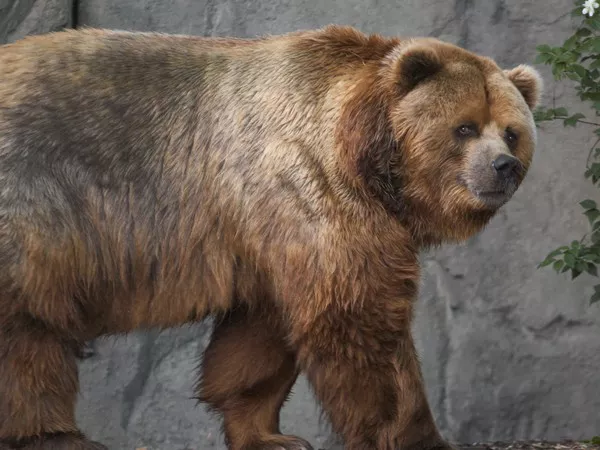
Size and Physical Characteristics
The Kodiak bear, a subspecies of the brown bear, rivals the polar bear in size. Adult males can weigh up to 1,500 pounds and stand over 9 feet tall when on their hind legs. They have a thick fur coat that varies in color from brown to blond.
Habitat and Distribution
Kodiak bears are native to the Kodiak Archipelago in Alaska. They inhabit a range of environments, from coastal areas to alpine meadows.
Behavior and Diet
Kodiak bears are omnivorous, with a diet that includes salmon, berries, plants, and small mammals. During salmon runs, they gather in large numbers along streams and rivers.
Conservation Status
The population of Kodiak bears is stable, thanks to effective wildlife management and conservation practices. However, habitat preservation remains essential for their continued well-being.
3. Siberian Tiger (Panthera tigris altaica)
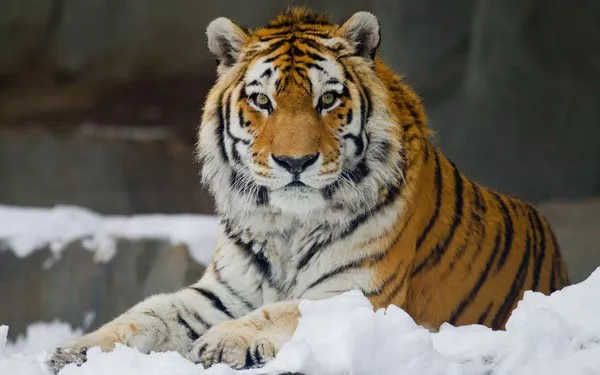
Size and Physical Characteristics
The Siberian tiger, also known as the Amur tiger, is the largest of the big cats. Males can weigh up to 700 pounds and measure over 10 feet from nose to tail. They have a thick, orange coat with black stripes, adapted for the cold climate of their habitat.
Habitat and Distribution
Siberian tigers are found in the forests of eastern Russia, with smaller populations in China and North Korea. They inhabit dense forests, often in mountainous regions.
Behavior and Diet
Siberian tigers are solitary and territorial. Their diet consists mainly of large ungulates, such as deer and wild boar, but they can also hunt smaller mammals and birds.
Conservation Status
Habitat loss, poaching, and prey depletion are the main threats to Siberian tigers. Conservation efforts include anti-poaching measures, habitat restoration, and international cooperation to protect their populations.
4. Grizzly Bear (Ursus arctos horribilis)
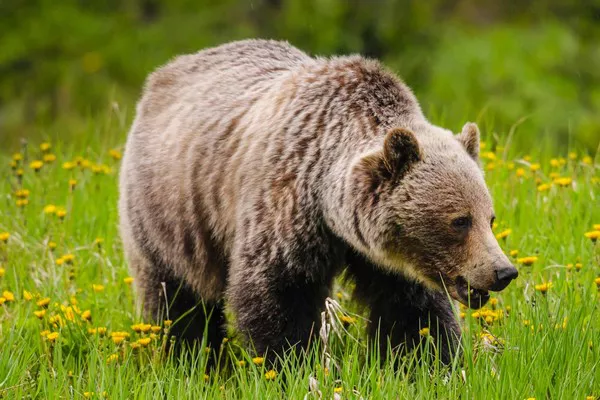
Size and Physical Characteristics
Grizzly bears, a subspecies of the brown bear, are formidable predators. Adult males can weigh between 400 to 790 pounds and stand about 8 feet tall when upright. They have a distinctive hump on their shoulders, which is a muscle mass used for digging.
Habitat and Distribution
Grizzly bears are found in North America, primarily in Alaska, western Canada, and parts of the northwestern United States. They inhabit forests, alpine meadows, and coastal areas.
Behavior and Diet
Grizzly bears are omnivorous, with diets that include fish, especially salmon, berries, roots, and small mammals. They are known for their strength and ability to take down large prey.
Conservation Status
Grizzly bear populations are recovering in some areas due to conservation efforts, but they still face threats from habitat loss and human-wildlife conflicts. Ongoing conservation measures focus on habitat protection and reducing human-bear interactions.
5. African Lion (Panthera leo)
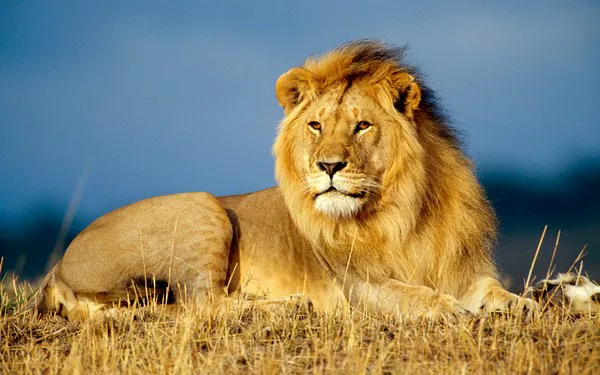
Size and Physical Characteristics
The African lion is the largest carnivorous mammal in Africa. Adult males can weigh up to 550 pounds and measure over 10 feet in length, including their tail. Males are distinguished by their impressive manes.
Habitat and Distribution
Lions inhabit the savannas, grasslands, and open woodlands of sub-Saharan Africa. They are most abundant in protected areas like national parks and reserves.
Behavior and Diet
Lions are social animals, living in prides that consist of related females, their offspring, and a small number of males. They primarily hunt large ungulates such as zebras, wildebeest, and buffalo.
Conservation Status
Lions face threats from habitat loss, human-wildlife conflict, and poaching. Conservation efforts focus on habitat preservation, anti-poaching initiatives, and promoting coexistence between lions and local communities.
6. Bengal Tiger (Panthera tigris tigris)
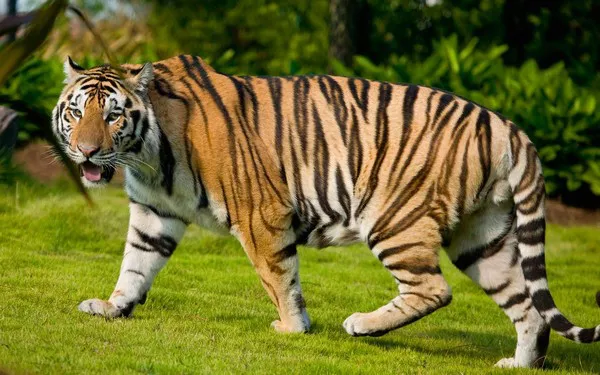
Size and Physical Characteristics
The Bengal tiger is one of the largest tiger subspecies. Males can weigh up to 600 pounds and measure over 9 feet in length. They have a distinctive orange coat with black stripes and a white underbelly.
Habitat and Distribution
Bengal tigers are found in the forests, grasslands, and mangrove swamps of India, Bangladesh, Nepal, Bhutan, and Myanmar. They are most numerous in the Sundarbans and the forests of central India.
Behavior and Diet
Bengal tigers are solitary hunters, preying on large herbivores such as deer, wild boar, and occasionally domestic livestock. They are excellent swimmers and often hunt in water-rich environments.
Conservation Status
Poaching, habitat loss, and human-wildlife conflict are significant threats to Bengal tigers. Conservation efforts include anti-poaching measures, habitat corridors, and community-based conservation programs.
7. Jaguar (Panthera onca)
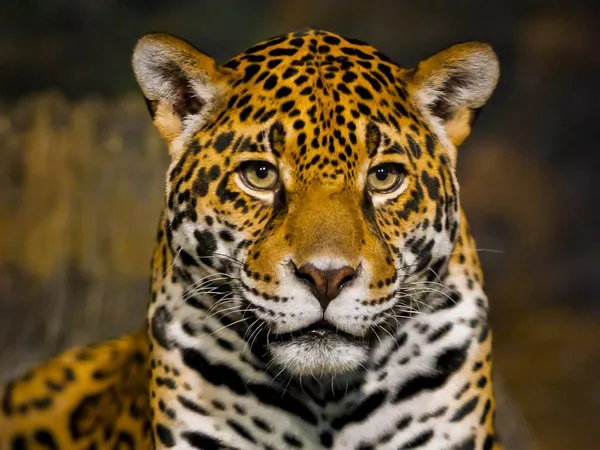
Size and Physical Characteristics
The jaguar is the largest cat in the Americas. Adult males can weigh up to 250 pounds and measure up to 8 feet in length. They have a robust build, with a distinctive coat patterned with rosettes and spots.
Habitat and Distribution
Jaguars are found in a range of habitats, including rainforests, savannas, and wetlands, from Mexico to Argentina. They are most abundant in the Amazon Basin.
Behavior and Diet
Jaguars are solitary and primarily nocturnal. They are powerful swimmers and often hunt near water, preying on a variety of animals, including capybaras, deer, and caimans.
Conservation Status
Habitat loss, poaching, and human-wildlife conflict are major threats to jaguars. Conservation efforts focus on protecting large tracts of habitat, establishing wildlife corridors, and reducing poaching.
8. Cougar (Puma concolor)
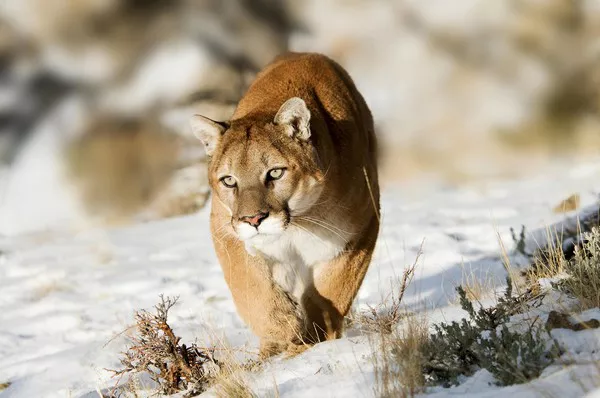
Size and Physical Characteristics
Cougars, also known as mountain lions or pumas, are large, agile cats. Adult males can weigh up to 220 pounds and measure over 8 feet from nose to tail. They have a sleek, tan-colored coat.
Habitat and Distribution
Cougars have the widest range of any wild terrestrial mammal in the Western Hemisphere, found from Canada to the southern Andes in South America. They inhabit a variety of environments, including forests, mountains, deserts, and wetlands.
Behavior and Diet
Cougars are solitary and territorial. They primarily hunt deer but will also take smaller mammals, birds, and even livestock when available. They are known for their stealth and ability to ambush prey.
Conservation Status
While cougar populations are stable in some areas, they face threats from habitat fragmentation, human conflict, and hunting. Conservation efforts include habitat preservation and managing human-cougar interactions.
9. Eurasian Brown Bear (Ursus arctos arctos)
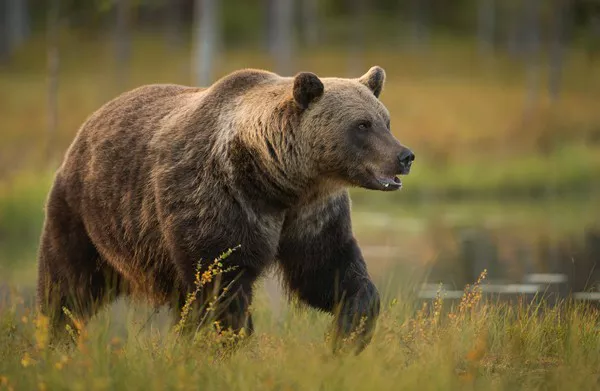
Size and Physical Characteristics
The Eurasian brown bear is a large and powerful bear species. Adult males can weigh up to 1,300 pounds and stand about 7 feet tall when on their hind legs. Their fur ranges from brown to almost black, and they have a noticeable shoulder hump.
Habitat and Distribution
Eurasian brown bears are found across Europe and Asia, inhabiting forests, mountains, and tundra regions. They are most numerous in Russia, but significant populations also exist in Scandinavia, the Balkans, and parts of Central Europe.
Behavior and Diet
Eurasian brown bears are omnivorous, eating a diet that includes plants, berries, fish, and small to large mammals. They are skilled at fishing and often feed on salmon during spawning seasons.
Conservation Status
Conservation efforts have led to stable or increasing populations in some regions, but threats such as habitat destruction and poaching persist. Protected areas and transboundary conservation initiatives are crucial for their survival.
10. Grey Wolf (Canis lupus)
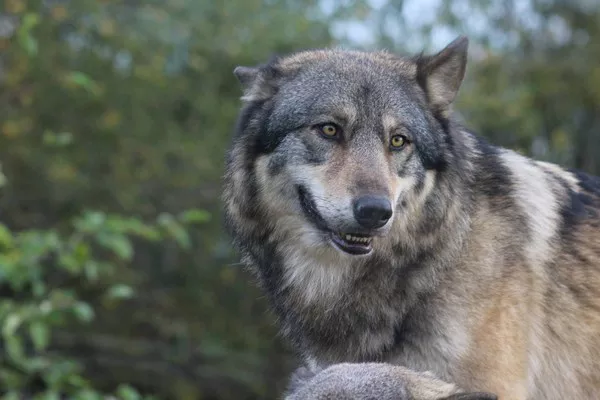
Size and Physical Characteristics
The grey wolf is the largest wild member of the Canidae family. Adult males can weigh up to 180 pounds and measure over 6 feet in length, including their tail. They have thick fur that can vary in color from grey to white, black, and brown.
Habitat and Distribution
Grey wolves have a wide distribution across the Northern Hemisphere, found in forests, tundras, mountains, and grasslands. They are most prevalent in North America, Europe, and Asia, with significant populations in countries like Canada, the United States, Russia, and parts of Europe.
Behavior and Diet
Grey wolves are highly social animals, living and hunting in packs. Their diet primarily consists of large ungulates such as deer, elk, and moose, but they can also hunt smaller mammals and scavenge when necessary. Wolves are known for their cooperative hunting strategies and complex social structures within packs.
Conservation Status
Grey wolves have made a remarkable recovery in many areas where they were once extirpated, thanks to legal protection and reintroduction programs. However, they still face threats from habitat loss, human-wildlife conflict, and illegal hunting. Ongoing conservation efforts focus on habitat connectivity, legal protection, and fostering coexistence with human communities.
Conclusion
The largest carnivorous mammals play vital roles in their respective ecosystems, from regulating prey populations to shaping their habitats. Despite their impressive size and power, many of these apex predators face significant threats from human activities and environmental changes. Conservation efforts are crucial to ensure their survival, involving habitat preservation, legal protections, and fostering human-wildlife coexistence.
Each of these ten magnificent species—whether the Arctic-dwelling polar bear or the forest-roaming Siberian tiger—reminds us of the importance of biodiversity and the interconnectedness of our planet’s ecosystems. By understanding and protecting these incredible creatures, we not only preserve their existence but also the health and balance of the natural world.
You Might Be Interested In:



























